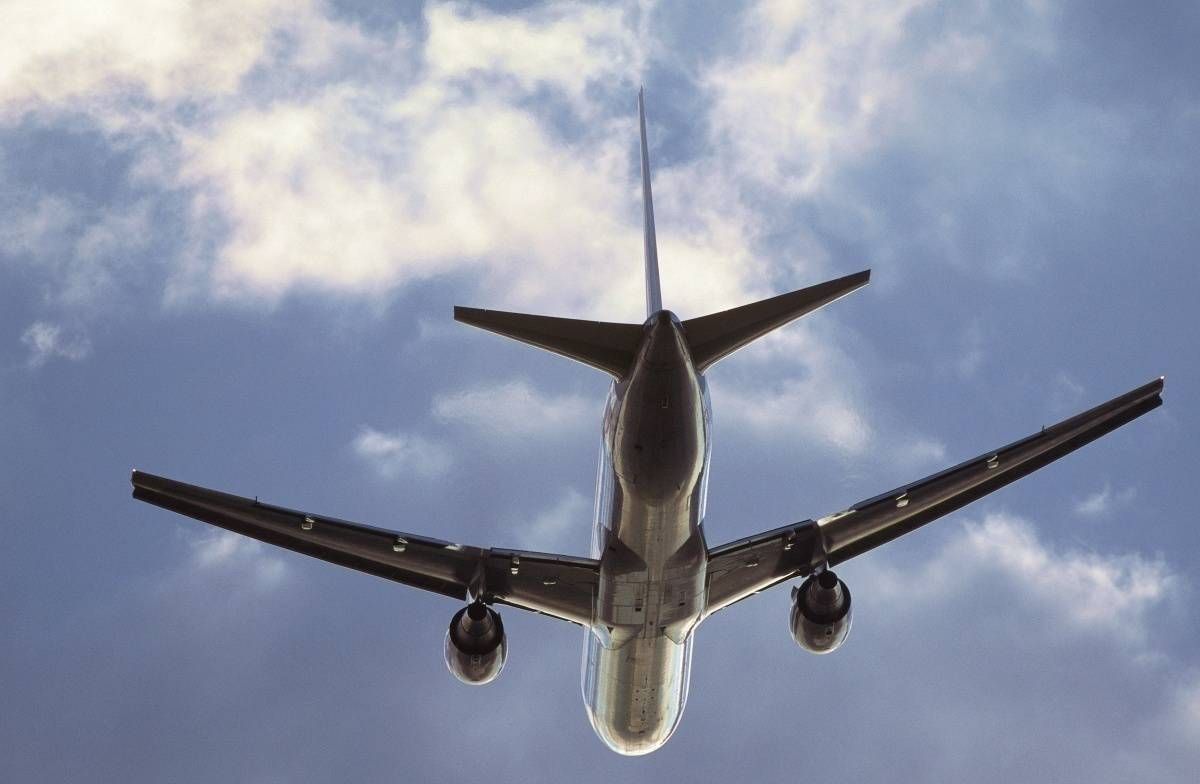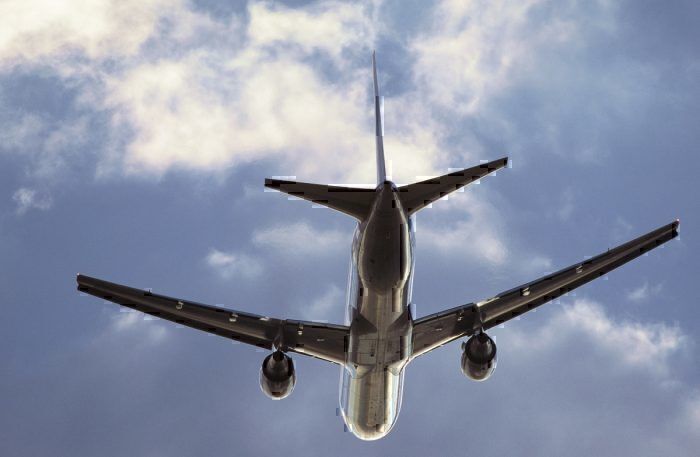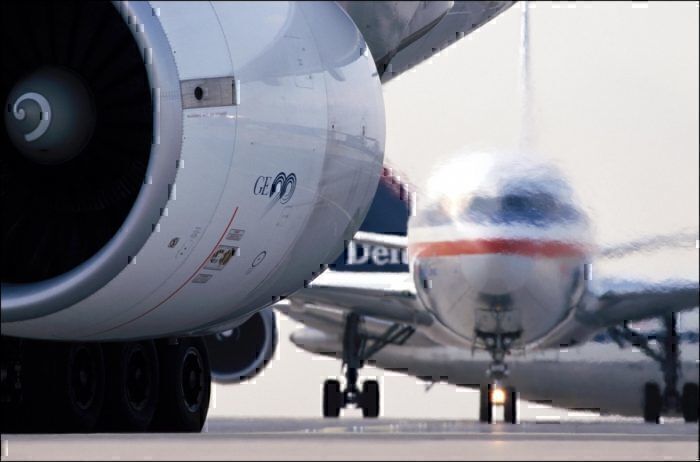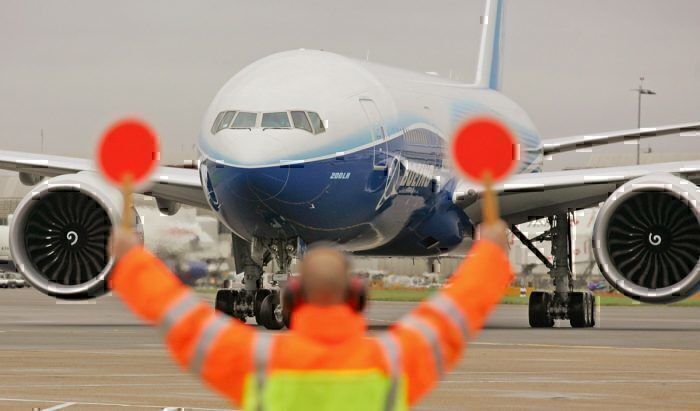What is the difference between the two mainline Boeing aircraft, the 777 and the 767? If both are widebody long-range aircraft, then why did Boeing build the 777 and discontinue the 767? Let us explore.
How do they compare?
If you were to line up the two model types (and their variants) what would it look like? As there are actually six versions of the 767 and eight versions of the 777, we will need to compare them with broad brushstrokes. Both have extended range versions, and Boeing even went back a third time on the Boeing 777-200 to develop the LR version (long-range).
Here is the 767 series sorted by passenger numbers:
|
Aircraft |
Passengers (3 classes) |
Range (nautical miles) |
|
767-200 + (ER) |
174 (15F, 40J, 119Y) |
3,900 nmi (7,200 km), ER: 6,590 nmi (12,200 km) |
|
767-300 + (ER) |
210 (18F, 42J, 150Y) |
3,900 nmi (7,200 km), ER: 5,980 nmi (11,070 km) |
|
767-400ER |
243 (16F, 38J, 189Y) |
5,625 nmi (10,415 km) |
Compared to the 777 series sorted by passenger numbers
|
Aircraft |
Passengers (3 classes) |
Range |
|
777-200LR |
301 (16F/58J/227Y) |
8,555 nmi (15,843 km) |
|
777-200 + (ER) |
305 (24F/54J/227Y) |
5,240 nmi (9,700 km), ER: 7,065 nmi (13,080 km) |
|
777-300ER |
365 (22F/70J/273Y) |
7,370 nmi (13,649 km) |
|
777-300 |
368 (30F/84J/254Y) |
6,030 nmi (11,165 km) |
Let us compare the differences.
Passengers
The Boeing 767 was designed for European travel and to cross the USA, but never saw more passengers in a three-class layout than 250 onboard. It was not really designed for long-haul flying over 10 hours.
The Boeing 777, on the other hand, never saw less than 300. As such, it targeted a much bigger crowd of airlines who needed to transport more passengers a longer distance. Having a wider fuselage allowed its passengers more comfort.
You can see that as time went on, the demand for bigger aircraft (like the Boeing 747-8I and the Airbus A380 for example) shaped even smaller aircraft like the Boeing 777.
Range
Looking at the range you can see that the standard Boeing 777 easily transports passengers far further than most if not all 767s. In fact, it is only the original Boeing 777-200 (one the first models) that suffers in this regard, but that very same design if upgraded with an additional fuel tank and better engines (the 777-200LR) flies so much further.
Why did Boeing build the 777 if they have the 767?
Simply put, the Boeing 777 series corrects many of the issues that airlines had with the 767, increasing its range and capacity without cutting into the market developed by the Boeing 747 for transpacific travel.
When world aviation authorities (such as the FAA) removed the need for aircraft to have four engines to cross oceans, many airlines start to permit the cheaper-to-run Boeing 767s across the Atlantic on routes that would not be able to support an entire Boeing 747 (or did not have the runways to accommodate the aircraft).
Boeing realized there was a gap in its lineup to facilitate these customers and routes such as New York to Dublin or Barcelona to Washington DC.
And unfortunately, the Boeing 767 design, as good as it was, could not really be economical if stretched any further. Boeing could not just make a Boeing 767X and call it a day. Airlines need a new clean-sheet design that would be wider, allow a more flexible interior fit-out (many Boeing 777s have since dropped the three-cabin model and first-class, expanding the business cabin) and something that would replace aging DC-10 and L-1011 trijets.
Thus Boeing sat down with airlines to design the perfect aircraft, the Boeing 777. Although, as the story goes one notable airline they met with never ordered the type.
What do you think? Which aircraft do you prefer? Let us know in the comments.




